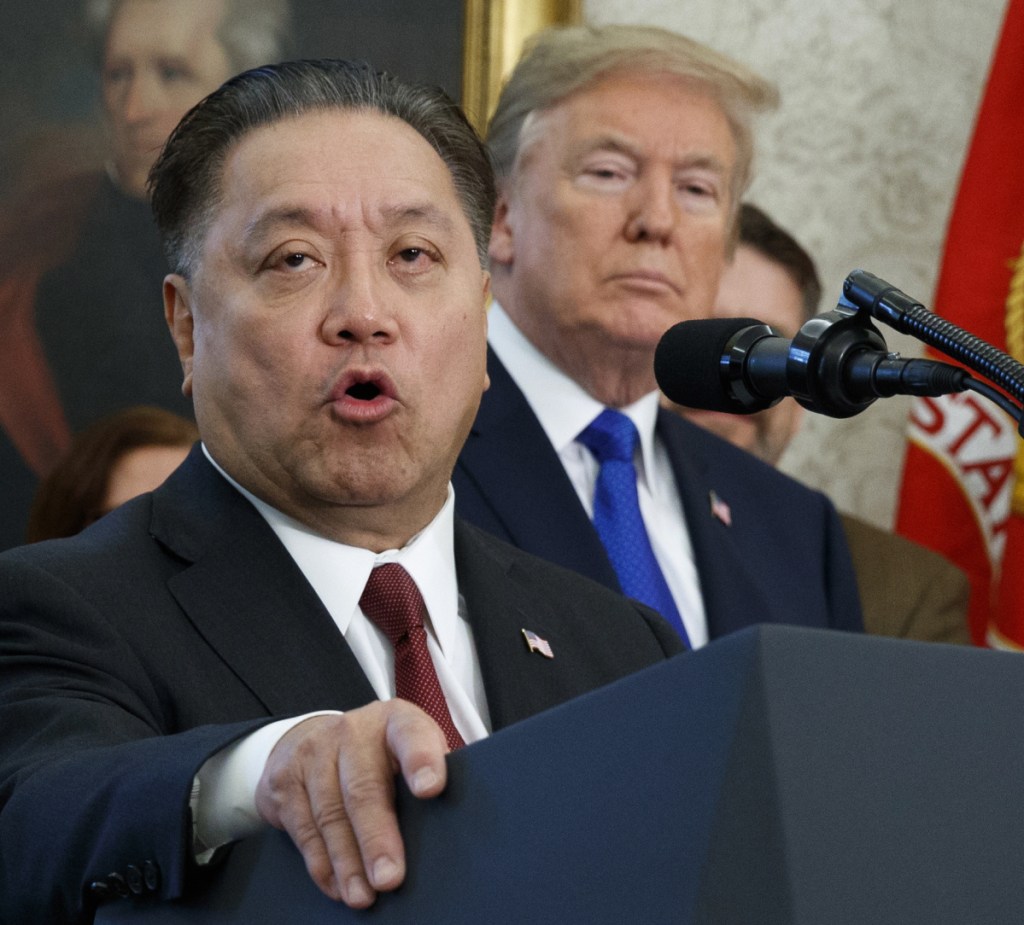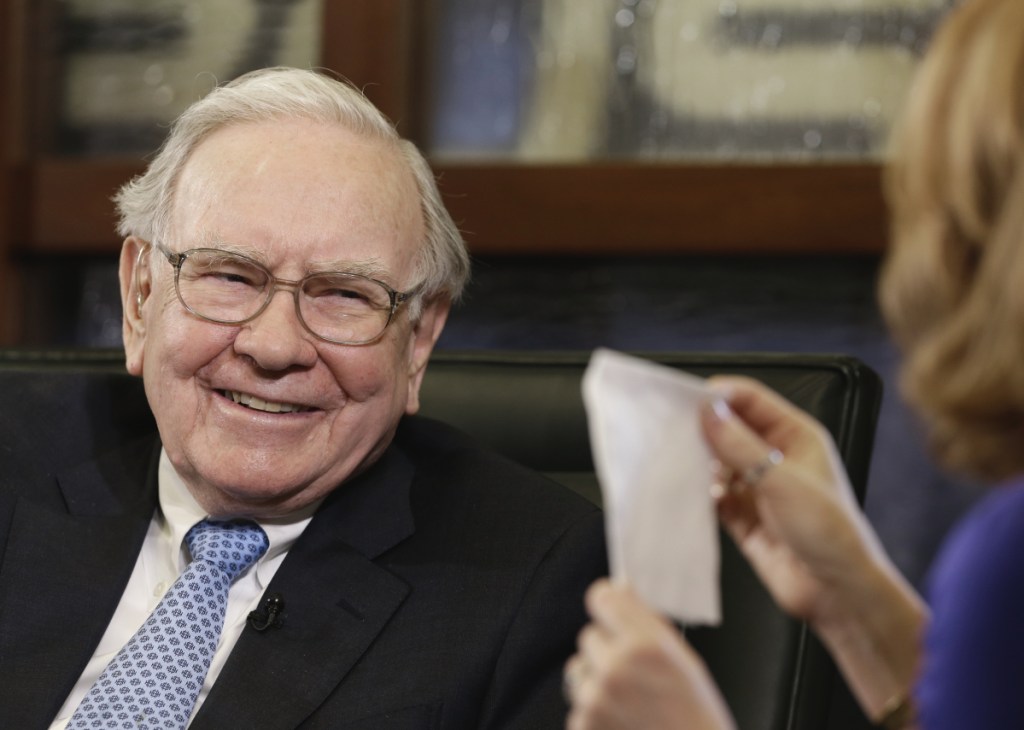CEO pay is up – yet again. A booming stock market and bulging equity awards propelled the median 2017 compensation for CEOs of the 100 largest companies to the highest figure in 11 years, according to a new analysis.
The report, released Wednesday by executive compensation and governance research firm Equilar, examines the pay of the 100 largest public companies by revenue, and comes in advance of broader CEO pay rankings that typically arrive later in the spring and analyze the companies of the entire Standard & Poor’s 500-stock index. While the median pay increase for CEOs was slightly lower than the year prior, at 5 percent instead of 6 percent, the median CEO pay package was valued at $15.7 million, the first time it notched above 2016’s previous high of $15 million. Equilar has run the analysis since 2007.
Dan Marcec, Equilar’s director of content and communications, said the number was not surprising given that the majority of CEO pay is made up of stock grants and 2017 was a banner year for market performance: The S&P 500 index saw a nearly 20 percent climb.
“The number shows us, frankly, that we’re seeing more of the same,” he said. “We’ve seen continued increases over the past seven or eight years and it’s consistent with a bull market. The higher stock prices are on the whole, the higher CEO compensation is going to be.”
CEO-TO-WORKER PAY RATIO
New to Equilar’s analysis is the inclusion of a CEO-to-worker pay ratio for each company, thanks to a U.S. Securities and Exchange Commission rule that went into effect this year. The rule requires publicly traded companies to release a ratio of what their CEOs make in comparison to their median paid worker. For the 100 largest companies, the ratios tend to be far higher than the broader market, with a median of 235-to-one, compared with 72-to-1 for companies in the Russell 3000 index that have reported their 2017 numbers so far.
In other words, CEOs of the largest companies tend to get paid a lot more than others. “This list is always kind of the high-water mark for what we see,” Marcec said. “Most of these are fairly recognizable, multinational companies that are complex. It doesn’t seem surprising that they would be on the high end of the pay scale for these jobs.”
Each year, the list produces some eye-popping numbers in part because CEO pay packages are valued on the date new stock awards are granted. As a result, multi-year grants that CEOs only get access to over time can bulk up the size of a CEO’s pay package one year, only to see the number plummet – albeit still to relatively high numbers – the following year.
BROADCOM CEO LEADS THE PACK
The highest-paid CEO in this year’s study is Broadcom’s Hock Tan, for example, which has been in the news after President Trump blocked the company’s $117 billion bid to acquire Qualcomm and, weeks later, for changing its legal domicile from Singapore to the United States. Tan’s 2017 package was valued at $103.2 million. While that is a massive number, it includes a new stock grant valued at $98.3 million that will pay out over a period of several years only if Broadcom meets certain total shareholder return performance thresholds.
Meanwhile, the CEO who saw the biggest drop in pay was Charter Communications’ Thomas Rutledge, whose 2017 compensation was $7.7 million, 92 percent lower than in 2016, when his haul was valued at $98.5 million. The 2016 payment included a $78 million equity award connected to a new employment agreement that will be paid out over five years.
Other names at the top of the new list include American International Group CEO Brian Duperreault ($42.8 million); Oracle’s co-CEOs Mark Hurd and Safra Catz (each of whom received packages valued north of $40 million); and Walt Disney CEO Robert Iger, whose pay was valued at $36.3 million.
Many of the companies on this list with the highest CEO pay ratios, meanwhile, employ large groups of retail, temporary or foreign workers whose lower annual wages can make the ratio look particularly high. At ManpowerGroup, the staffing provider, the ratio of CEO to worker pay is 2,483-to-1; at retailer Kohl’s, the ratio is 1,264-to-1. (Manpower notes in its proxy that 95 percent of the employees used in that calculation are “associates” employed at client firms in 80 countries, a majority of which are in temporary roles; if it calculated the ratio using just the 5 percent that are permanent staff, the ratio would be 273-to-1.)
And who was the lowest paid CEO in this ranking of the 100 largest companies? That would be the Oracle of Omaha, Warren Buffett, whose stock holdings may number in the billions but whose annual compensation from Berkshire Hathaway, where he is CEO, is limited. According to the company’s proxy, he received a $100,000 salary – the same salary he has received for more than 25 years – but no bnus or new stock awards. Berkshire also provided security services for Buffett that cost $375,000 in 2017. The CEO pay ratio at Berkshire is 1.87-to-1.
Send questions/comments to the editors.




Success. Please wait for the page to reload. If the page does not reload within 5 seconds, please refresh the page.
Enter your email and password to access comments.
Hi, to comment on stories you must . This profile is in addition to your subscription and website login.
Already have a commenting profile? .
Invalid username/password.
Please check your email to confirm and complete your registration.
Only subscribers are eligible to post comments. Please subscribe or login first for digital access. Here’s why.
Use the form below to reset your password. When you've submitted your account email, we will send an email with a reset code.